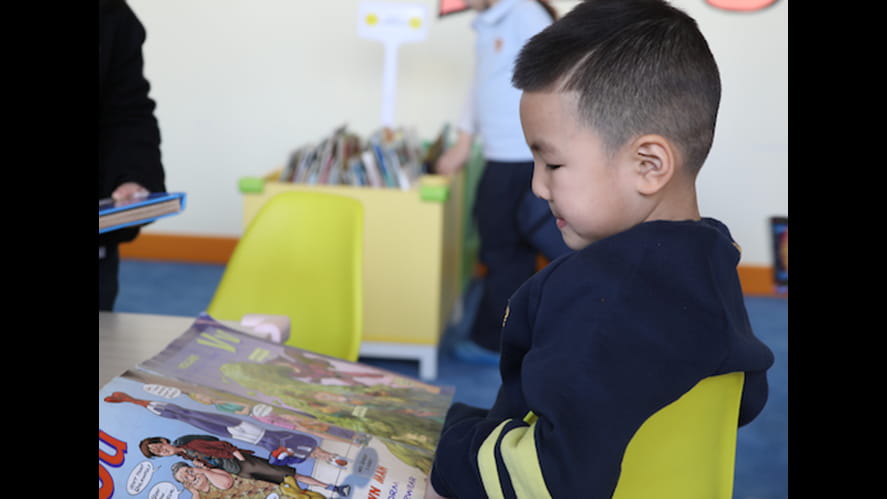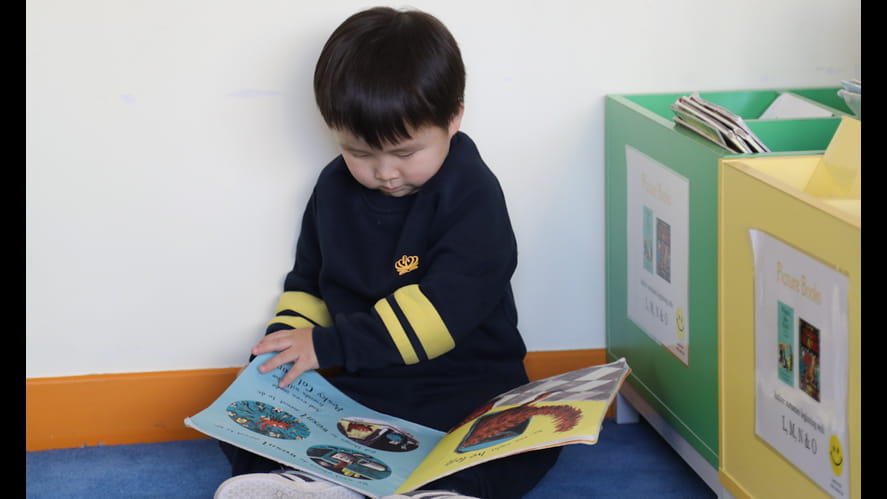We use cookies to improve your online experiences. To learn more and choose your cookies options, please refer to our cookie policy.


In Reception we teach children how to read using phonics sounds. Learning the sound and name of each alphabet letter is a part of the Early Learning Goals that children are aiming to achieve by the time they leave Reception. As the children progress with the sounds, they use this knowledge to also help them to learn to spell words independently by sounding out the different sounds and writing them down individually to form a word, for example c-a-t.
In class we have been teaching the children that every alphabet letter can have a different sound and when some of those sounds are combined together, they make ‘special friends’ and create a new sound. Phonics sounds in reading and writing are used throughout the day both through continuous provision lessons and activities set by the teacher during lessons. The children have been making excellent progress with this and developing their own independence in learning to read the green words. One of the activities we encourage the children to do is to ‘play teacher.’ They then take it in turns to hold up the green words for their partner to practice sounding out and reading. Then they swap over and allow their friend to have a turn. You can encourage your child to play this game with you at home to practice the words they are learning.
Home Reading Books
We also start to send home phonics reading books as the children become more confident with the sounds and blending. This where parents can really help to support their child’s reading and development. Reading at home with your child regularly helps to solidify the sounds in the children’s mind as well boosting their brain development overall. It is an opportunity for parents to have a special time with their child and to praise them for what they have achieved so far. Allow your child to sound out the words and encourage them to blend the sounds to form a word. At the beginning (particularly for non-native speakers) it helps to repeat the sounds they have made back to them if they are struggling to blend them, this will help your child to blend the word by themselves.
Another reading tip would be to ask your child questions after reading the book. You may need to read the book with your children several times before they are confident to answer questions. Ask them about the characters in the story, what they are wearing, what happens and encourage them to recall the events to show they understand what they have just read.
Red Tricky Words
If your child mentions ‘red words’ these are the tricky words that we have to learn by sight. These words do not follow the rules that we have learnt so far and therefore need to be memorised. Students have been learning both green words and red words during lessons at school and are learning to write some these words for themselves. In day to day life you can encourage your child to learn the sounds through games such as I spy using the phonics sounds and sounding out the names of objects for them to find in the house or during a car journey. If you need any ideas for engaging your children in learning at home your child’s teacher is always happy to help provide some.